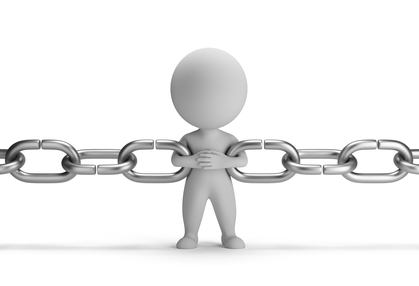Links from client sites, own sites, plugins and embedded content: how to maximise the benefits and avoid problems? | Weboptim
When we talk about different types of links, we often think about the penalties that they carry, which are not always easy to avoid. How can we gain an advantage without Google looking deeper?
In this article, we describe what to do for websites that,
- that we may have designed or made, or that they may be working for us
- which are the websites of our agency's clients
- web designer or developer sites that are ours, but not our primary tomorrow
- plugins and embedded content, blogs
The challenge
Let's say you have a site that is not your primary site, it might be a client site.
The idea is that it would be nice to build a link between these sites. What should we do? We don't want to get in trouble, but it would be nice to get some benefit from it and we think the link could help.
Free:
- add links from all pages of the website to our main page or subpages?
- link to several of our subpages, some of which would link to the main page and some to other internal pages?
- use a plain page within the website to link from it to our main page?
The answer to all of them: it depends.
Proposal from
- Client website
If it is a client site or a website that we have created, then take a page, such as our About Us page, and link to it from the footer, sidebar or header of the website. This is something that we can get links from a lot of pages. The landing page could be the About Us page or the Contact Us page or even the Terms of Use subpage.
Essentially, it's about "here are the details about the designers, technologies the website uses" "if you want, contact the website builder" and that's how we are designated. This means that we essentially get a site-wide link. This is very unlikely to be penalised, it will probably get clicks. That's all to the good.

- My pages
For your own pages, the suggestion is that you don't need a deliberate link strategy like "Okay, I need a link to one of three pages. The link text will always be the same". Let's not set up these kinds of policies or rules. Instead, focus on providing value to visitors. Link to things on the main page, if they are relevant to the content on the other page, then link to them, but do it naturally and organically.
Whenever we link to other content that we create, we get a link naturally. This is the way to try, not special procedures and checklists. Anything that fits a very general pattern is easy to spot and can get you into trouble.
- Blog links
These types of sites are a little less strict because they have the unique feature that it is OK to have links on one sidebar of the blog, sometimes either on the main page or always on a subpage. This is usually good for those who want site-wide links that always point back to the main page or blog page of the other blog site. That's fine, not a big problem.
The only time it can get you in trouble is when it's paid manipulation. It's basically a blog network. They link to us because we link to them. This is called a backlink. It does not mean that we should never link to someone who links to us. It just means that the process should be natural, or we could get in trouble.
- Extensions and embedded content
For extensions and embedded content, there can be a lot of penalties.
Other methods
Quite dangerous
- Keyword-matched link text
- No opt-out option (no way to say no to the link)
- When visitors are most likely not to click on the link
- Remote JavaScript, which means that someone remotely updates the link, the link text
- The purpose of the plugin is solely and exclusively to link
- Any payment or discount offered during the embedding process
Less dangerous
- The link text should be brand or completely omitted
- Opt-out link available
- Be an incentive (compelling) reason to click
- The embedding should be static
- Not regulated by JS
- The extension is reference oriented, so it does have value
- The embedding is deliberate and someone has chosen the wording naturally.
Hopefully no one will experience these problems. By following the rules below, you can stay in the safe zone and enjoy the value of link connections.
Source: moz.com